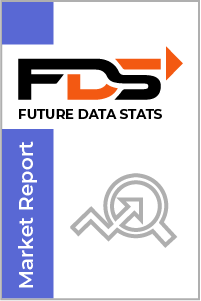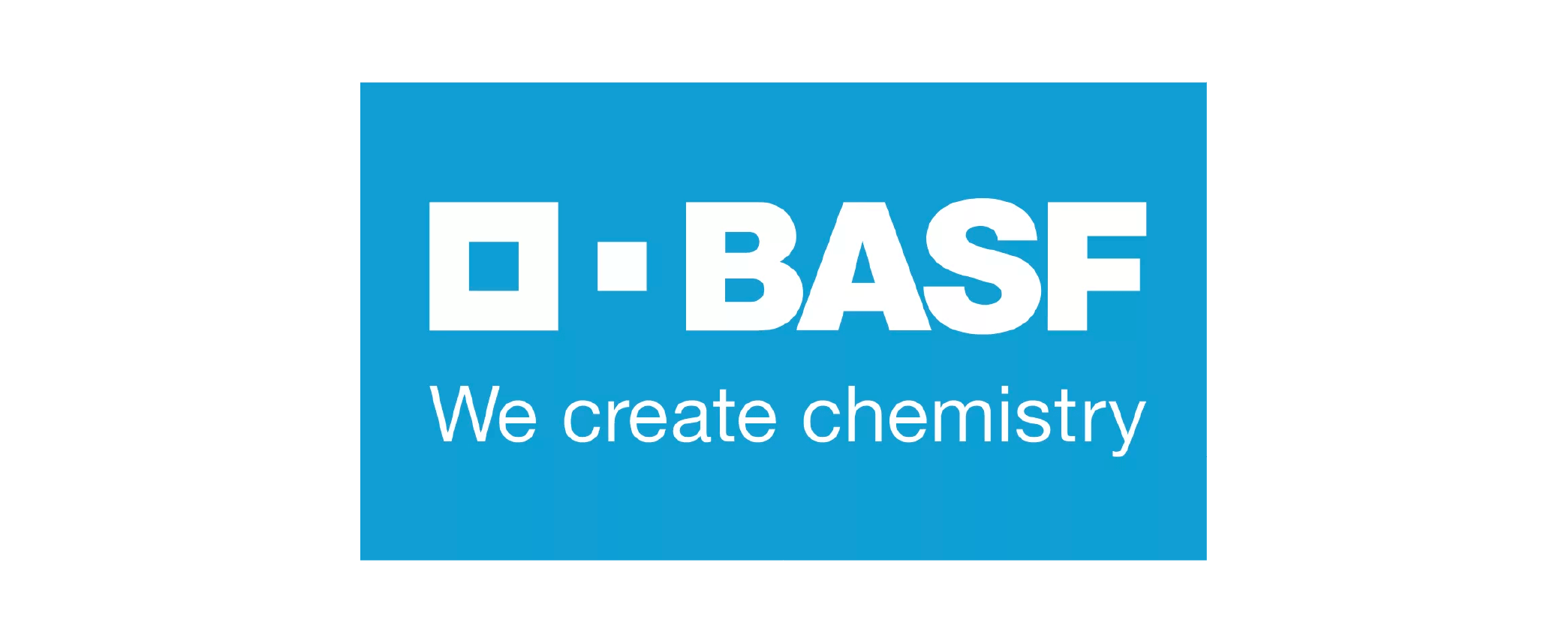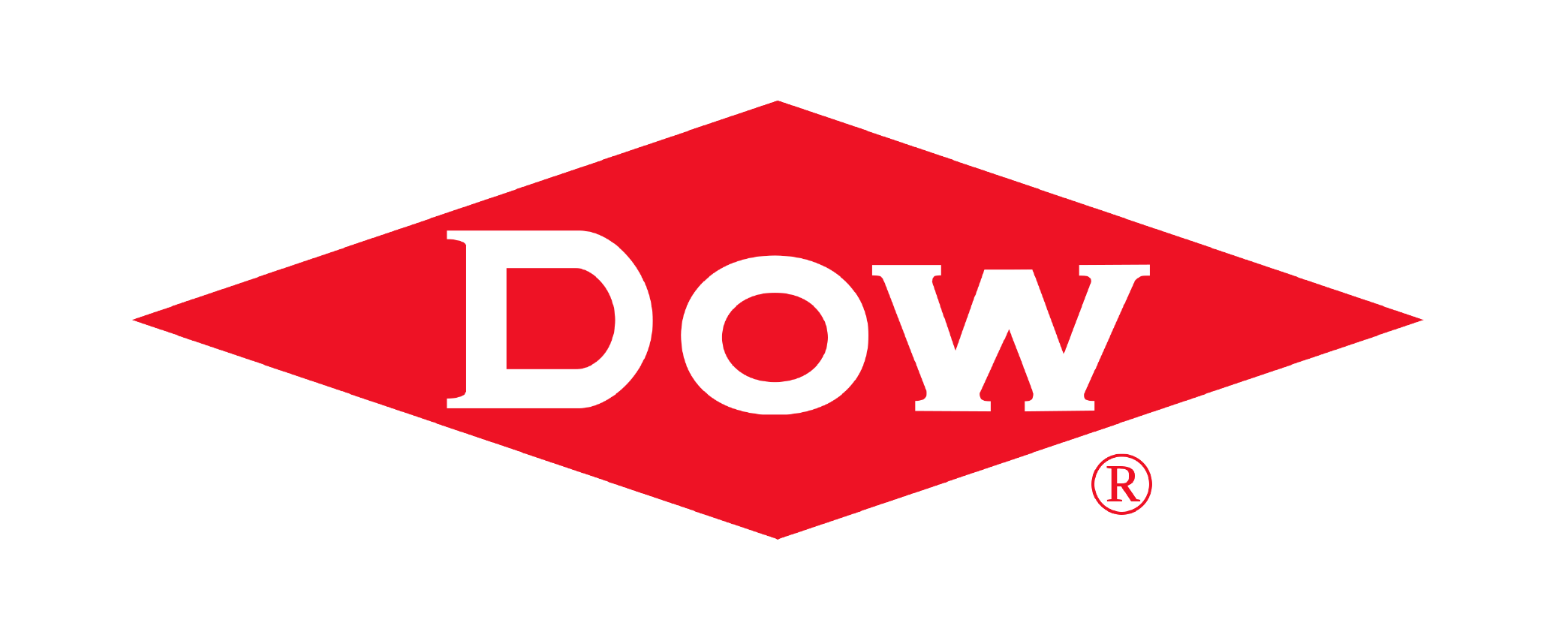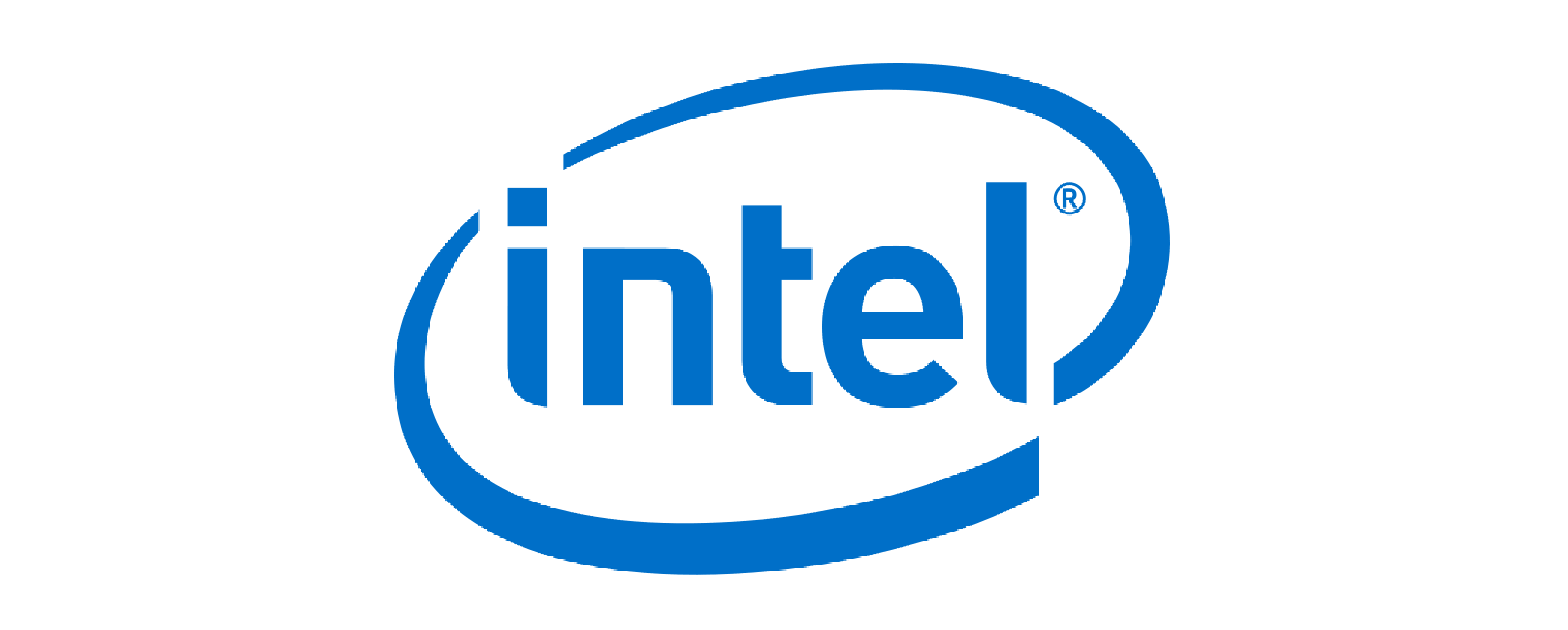The global GPS Dog Collars Market size was valued at USD 2.0 Billion in 2024 and is projected to expand at a compound annual growth rate (CAGR) of 12% during the forecast period, reaching a value of USD 5.0 Billion by 2032.
The "GPS Dog Collars Market Research Report" by Future Data Stats provides an in-depth examination of the market landscape, utilizing historical data from 2021 to 2023 to identify key trends and growth patterns. Setting 2024 as the foundational year, the report explores consumer behavior, competitive forces, and regulatory frameworks that influence the industry. It transcends basic analysis, delivering a thoroughly researched forecast extending from 2025 to 2033. By employing sophisticated data analysis methodologies, the report not only outlines the market's growth trajectory but also uncovers emerging opportunities and foresees potential obstacles, empowering stakeholders with vital insights to adeptly navigate the changing market landscape.
MARKET OVERVIEW:
GPS dog collars are tracking devices designed to monitor a pet’s location in real time. These collars use GPS technology to help owners track their dogs through mobile apps or specialized platforms. They provide security, prevent pets from getting lost, and offer features like geofencing alerts and activity monitoring. In the market, GPS dog collars serve as essential tools for pet safety and management. They are widely used by pet owners, trainers, and rescue organizations. The growing demand for smart pet accessories has driven innovations in tracking accuracy, battery life, and connectivity, making these collars more reliable and efficient.
MARKET DYNAMICS:
Companies in the GPS dog collars market are enhancing device accuracy and battery efficiency to meet growing consumer expectations. Advanced GPS tracking systems now integrate real-time monitoring, geofencing, and health tracking, offering pet owners greater control over their pets’ safety. The rising demand for smart pet accessories has led to increased adoption of AI-powered collars that provide behavioral insights and personalized recommendations. Manufacturers are also focusing on lightweight, durable materials to ensure comfort and longevity, making these devices suitable for everyday use. Looking ahead, the market is set to expand with the introduction of subscription-based tracking services and multi-network connectivity for better coverage. Innovations in solar-powered and rechargeable collars are addressing concerns about battery life, improving long-term usability. As pet ownership continues to rise, companies are investing in direct-to-consumer sales channels and personalized app features to enhance user experience. Collaborations with veterinary professionals and animal shelters are also driving awareness, positioning GPS dog collars as essential tools for responsible pet care.
With urban environments and busy lifestyles, many owners seek reliable tracking solutions to ensure their pets remain secure and within reach. These collars offer peace of mind by enabling real-time location tracking, which helps prevent lost pets and enhances outdoor adventures. Manufacturers are responding to this demand by developing advanced features, such as geofencing and activity monitoring, making these collars more appealing to tech-savvy pet owners. High costs associated with advanced GPS technology can deter some consumers from investing in these products, particularly those on a budget. Additionally, concerns about battery life and signal reliability may lead to skepticism among potential buyers. Educating consumers about the benefits of GPS collars can enhance market acceptance and drive sales. Collaborations with veterinarians and pet care professionals can further promote the product's advantages, encouraging more pet owners to adopt this innovative technology for their furry companions.
GPS DOG COLLARS MARKET SEGMENTATION ANALYSIS
BY TYPE:
Smart GPS dog collars offer advanced tracking features with real-time location updates and app connectivity. These collars provide additional functionalities like activity monitoring, geofencing, and health tracking. Pet owners prefer smart models for their convenience and integration with mobile devices, making them a popular choice in the market. Standard GPS dog collars focus on essential tracking without extra features. They provide reliable location data and ensure pet safety without complex technology. Many buyers choose these models for their affordability and ease of use, making them suitable for everyday pet tracking needs.
Waterproof and rechargeable GPS dog collars enhance durability and usability. Waterproof designs protect against weather conditions, while rechargeable options ensure long-term functionality. These factors drive demand among pet owners looking for reliable and cost-effective solutions in the market.
BY APPLICATION:
Pet owners are increasingly relying on GPS dog collars for real-time tracking, ensuring their pets remain safe and easy to locate. Advanced tracking features, such as geofencing and live location updates, provide greater control, reducing the risk of lost pets. The convenience of mobile app integration has further boosted adoption, making pet tracking more accessible and efficient. Pet training is another key factor driving market growth, with trainers using GPS collars to monitor movement and reinforce behavior. Features like virtual boundaries and remote alerts help owners guide their pets effectively. As demand for smart training solutions rises, manufacturers continue to develop collars with adaptive technology for personalized training experiences.
Security concerns are also shaping the market, as pet owners seek reliable ways to protect their animals. GPS collars with emergency alerts and anti-theft functions are gaining popularity, offering peace of mind. With ongoing innovations in connectivity and battery life, these devices are becoming essential tools for responsible pet care.
BY DISTRIBUTION CHANNEL:
Online stores dominate the GPS dog collars market by offering a wide range of options with competitive pricing. Customers prefer online platforms for convenience, detailed product descriptions, and customer reviews. E-commerce growth has further boosted sales, making online channels a key distribution source. Offline retailers provide hands-on experience, allowing pet owners to check product quality before purchasing. Many buyers trust physical stores for expert advice and immediate availability. Retail chains and department stores continue to attract customers looking for in-person shopping experiences.
Specialty pet stores cater to pet owners seeking expert recommendations and premium products. These stores focus on high-quality GPS dog collars with personalized service. Their niche approach helps them maintain a loyal customer base, despite growing competition from online and general retailers.
BY TECHNOLOGY:
Cellular GPS tracking is transforming the GPS dog collars market by providing real-time location updates through mobile networks. Pet owners can track their pets from anywhere, ensuring quick responses in case of emergencies. As coverage and battery life improve, more consumers are opting for this technology for reliable and long-range tracking. Radio frequency tracking remains a popular choice for short-range monitoring, especially in areas with limited cellular coverage. This technology enables pet owners to locate their pets without relying on an internet connection. Its durability and effectiveness in rugged environments make it a preferred option for outdoor enthusiasts and hunters.
Bluetooth tracking is gaining traction for indoor and close-range applications, offering precise location data within a limited distance. With seamless smartphone integration, pet owners receive instant alerts when their pets move beyond designated areas. As Bluetooth technology advances, these collars are becoming more efficient and affordable.
BY END-USER:
Residential pet owners drive demand for GPS dog collars by prioritizing pet safety and convenience. Many choose these collars to track their pets in real time and prevent them from getting lost. The increasing adoption of smart pet accessories has fueled market growth in this segment. Professional pet trainers use GPS dog collars to monitor movement and improve training efficiency. These collars help track exercise routines, set boundaries, and analyze pet behavior. Trainers prefer durable and high-precision models to enhance their training programs.
Animal rescue organizations rely on GPS dog collars to manage and locate rescued pets. These devices help track stray or rehabilitated animals, ensuring their safety and successful relocation. Reliable tracking technology supports rescue efforts and strengthens adoption processes.
REGIONAL ANALYSIS:
North America leads the GPS dog collars market due to high pet ownership rates and growing demand for advanced tracking solutions. Consumers in the region prioritize pet safety, driving adoption of smart collars with GPS, health monitoring, and geofencing features. Companies continue to innovate with durable materials and long-lasting battery life, ensuring reliability in various environments. Strong e-commerce channels and pet-focused retail stores further support market expansion.
Asia Pacific is witnessing rapid growth as pet adoption increases in urban areas, leading to higher demand for tracking and security solutions. Countries like China, Japan, and Australia are embracing smart pet technologies, with manufacturers introducing cost-effective and feature-rich GPS collars. Meanwhile, Europe and Latin America are expanding through rising awareness and improved connectivity, while the Middle East and Africa focus on premium pet care products in select markets.
MERGERS & ACQUISITIONS:
- In January 2024: Tractive launched "Tractive Pet Cover," its first pet insurance service, starting in the United Kingdom.
- In September 2024: A market report highlighted key players in the pet wearable industry, including Barking Labs, Dogtra, FitBark, Garmin, Loc8tor, PetPace, Scollar, Smart Tracking Technologies, Tractive, and Wagz.
KEY MARKET PLAYERS:
- Garmin
- FitBark
- Whistle
- Tractive
- PetPace
- Loc8tor
- Petnet
- Nuzzle
- Link AKC
- Findster
- Gibi
- Pod Trackers
- Paw Tracker
- TrackR
- PetFinder
- Paby
- Petronics
- Weenect
Research Methodology
At Future Data Stats, our research methodology is anchored in nearly 70 Years of combined industry expertise, refined to deliver precise market intelligence and actionable industry insights. We employ a systematic, multi-layered approach to ensure accuracy, reliability, and strategic relevance in our analyses. Below is a detailed overview of our methodology:
Methodological Framework
Our process integrates primary and secondary research, advanced analytical frameworks, and industry-specific expertise to generate comprehensive market evaluations. The methodology is structured to provide stakeholders with a granular understanding of market dynamics, competitive landscapes, and growth opportunities.
Comprehensive Market Insights
We deliver a 360-degree perspective on market size, structure, and emerging trends by synthesizing data from diverse sectors. Our analysis focuses on:
- Trend Identification: Real-time monitoring of industry developments and macroeconomic factors.
- Growth Drivers: Quantitative and qualitative assessment of factors influencing market trajectories.
- Forecasting: Scenario-based projections using validated data and expert evaluations.
All insights are grounded in high-quality datasets, independent expert perspectives, and rigorous validation protocols to ensure alignment with client objectives.
Data-Driven Research Approach
We leverage a multi-source data ecosystem to enhance analytical depth:
- Primary Research:
- Stakeholder Interviews: 24+ hours of structured engagements with industry leaders, suppliers, distributors, and end-users.
- Key Opinion Leader (KOL) Consultations: Customized questionnaires and in-depth discussions to capture nuanced insights.
- Value Chain Analysis: Holistic coverage from raw material suppliers to end-consumer dynamics.
- Secondary Research:
- Document Analysis: Evaluation of 3,000+ sources, including industry reports, regulatory publications, and competitive benchmarking data.
- Macro-Level Data: Integration of statistics from government databases, trade associations, and global indices.
Analytical Framework
Our dual-pronged analytical strategy ensures precision in market sizing and competitive positioning:
- Bottom-Up Approach:
- Calculation of regional and global market sizes through granular revenue analysis of key players.
- Validation via demand-supply gap assessments and pricing trend evaluations.
- Top-Down Approach:
- Identification of market leaders and segmentation based on product portfolios, regional presence, and innovation capabilities.
- Market share derivation using financial disclosures and industry benchmarks.
Key Methodological Advantages
- Actionable Intelligence: Robust datasets and trend analysis to inform strategic decision-making.
- Technological Rigor: Proprietary analytical tools and sector-specific models to enhance data accuracy.
- Unbiased Outcomes: Transparent, independent insights free from external influence.
Quality Assurance
Every research output undergoes a multi-stage validation process, including peer review, cross-verification with industry benchmarks, and real-time data updates. This ensures our findings remain current, credible, and actionable.
By combining empirical research, advanced analytics, and industry acumen, Future Data Stats empowers clients to navigate complex markets with confidence and achieve sustainable growth. Our methodology reflects a steadfast commitment to excellence, innovation, and client success.















